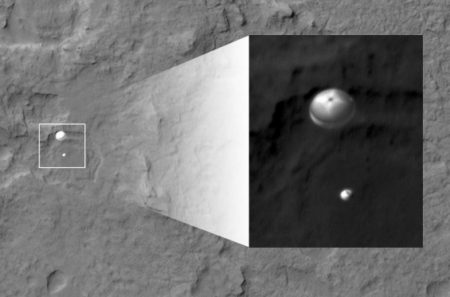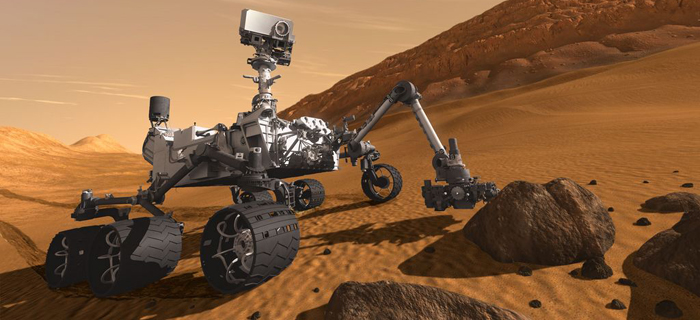
Curiosity rover is on Mars! Follow the news! – Updated
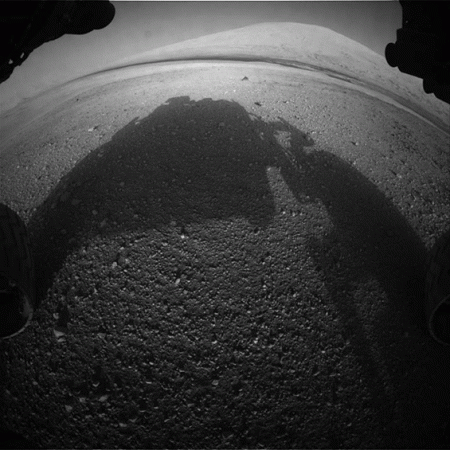
Curiosity rover (Mars Science Laboratory, NASA) has successfully landed on Gale crater, Mars, on Monday August 6, 5:31 TU (Sunday August 5, 22:31 PDT). The rover is carrying the most advanced geology and geochemistry laboratory which has been ever sent to another planetary body. This includes cool instrumentation to carry out X-ray diffraction / fluorescence, isotopic and chemical compositional measurements, color imaging and video, remote micro-imaging, meteorological and radiation measurements, etc.
Gale crater, Mars, showing the area where Curiosity has landed.
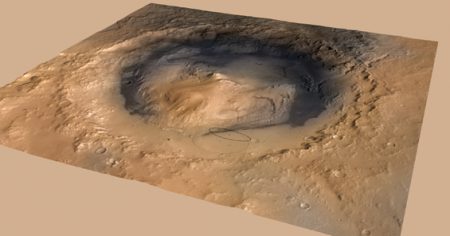
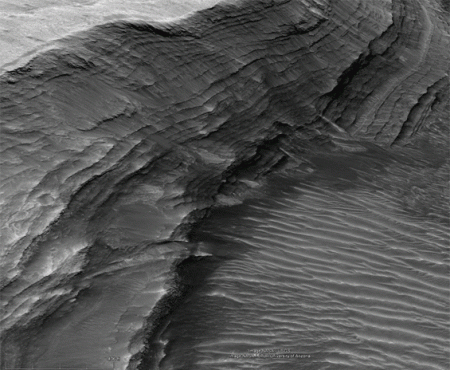
The landing area, Gale crater, has a 5 Km high mountain with layered materials containing clay minerals in the bottom and sulfur and oxygen-bearing minerals depending on height. Curiosity aims to land on a flat area of the crater and drive upward to study the geological history of the region, layer by layer, studying sediments formed in wetter environments during the early history of Mars. Docens of samples will be taken from the ground to conduct an in-depth investigation of Mars’ past or present ability to sustain microbial life. It will be a 2-year amazing mission.
The landing has been the most complicated and riskiest in the history of planetary exploration. Have a look at this 5 minute video produced by the Jet Propulsion Laboratory (NASA) showing the landing procedure.
Below you will find some links to know more about this mission and to follow the events:
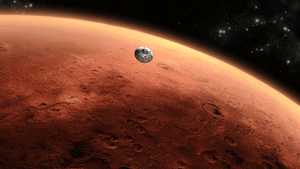
General information and main websites of the mission:
Watching the news about Curiosity in real time:
There are different websites which will stream all events from NASA Jet Propulsion Laboratory. The best ones are:
Images
